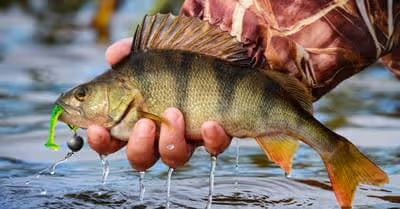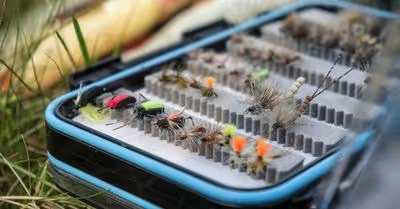Table of Contents
You Need to Keep it Alive as Long as Possible
As we’ve just noted, fish is delicate and always begin to spoil as soon as you remove it from the water. The idea is to keep the fish alive as long as possible before cleaning it. This is to prevent the fish from deteriorating quickly. But in the event that the fish dies, it’s always a good idea to gut it immediately if possible. You should, however, not let the fish die slowly if you can’t keep it alive. This may ruin the quality of the fish because of the stress that it undergoes during the slow dying process. That being said, you should kill it immediately by hitting it straight to the head with a sharp tool.
Wash It
Before gutting the fish, it’s essential to thoroughly clean it with cold water. This is to wash away any bacteria that may have come into contact with the fish. Make sure that the fish is free from intestinal juices, any blood clot or any other substance that may make the fish spoil quickly.
Use an Airtight Cooler or Container
The process of keeping the fish fresh begins right from when you land it. As an angler, you should have an airtight container as part of your tackle box to ensure that the fish is prevented from coming in contact with bacteria or anything. While the best way to keep fish fresh is by keeping it alive in a tank, having an airtight container is a viable option especially if the fish has been gutted. It’s important to ensure that the container or cooler is insulated and has a drain plug.
Icing the Fish
Icing the fish still remains the best way to keep fish fresh once you’ve killed and gutted it. You should ensure that the ice is crushed so that it packs more thoroughly, cools faster, and keeps it colder than you would if you use blocks of ice to keep the fish fresh. Alternatively, you can use frozen bottles of water to ice it but make sure that it doesn’t stay soaked for so long.
You should remember to wash the fish before icing it to ensure that it’s bacteria-free. Once it’s chilled in the ice, quickly rinse it, pat it with a dry towel, and wrap it with a cling wrap before surrounding it with crushed ice. While crushed ice can keep fish fresh for around five days, it may spoil slightly by each passing day. It’s, therefore, important to keep it fresh and cook it within three days.
Super Chill the Fish
Super chilling is another superb method of keeping fish fresh. This is a nice way of keeping fish fresh once you’ve gutted it. This method can be great for keeping fish fresh for at least five days. You can do this by lining the bottom of the insulated cooler with a lot of crushed ice while leaving the drain open. Alternatively, you can mix grainy ice cream salt with crushed ice at a proportion of one pound of salt to 20 pounds of ice.
Package the Fish in the Refrigerator or a Freezer
When it comes to using a refrigerator to keep fish fresh, it’s advisable to set the temperature of the refrigerator at about 40ÂF. You should turn down the thermostat to almost freezing temperatures. This may, however, not be good for other foodstuffs in the refrigerator as they may freeze. Keep in mind that large pieces of fish are a lot easier to refrigerate than smaller pieces of fish. Again, lean fish such as walleye, bass, redfish, cod, and catfish are easier to refrigerate than fatty fish species such as tuna, carp, trout, herring, salmon, and mackerel.
When it comes to freezing fish, this method will keep fish fresh for a very long period as you can consume the frozen fish within 12 months. You should ensure that the fish doesn’t dehydrate or oxidize. You can do this by ensuring that you prevent the fish from retaining moisture. As such, you should wrap it properly and ensure that there’s no air in the package, which can make fish deteriorate. The best packaging material should be aluminum foil, although it can puncture easily.
To prevent this, you can use “freeze grade” cling wraps that eliminate air pockets. Just make sure that you squeeze as much air as possible from the wrap. You can also consider using zipper-lock freezer bags, which can perfectly prevent air and moisture. Another great packaging material is the vacuum sealing machine although it can be costly. But like most packaging materials mentioned above, this will only work perfectly if you do it in the right way.
Conclusion
Fish is unquestionably very delicate, odorous, and can deteriorate very quickly. It’s, therefore, important to ensure that you learn how to keep fish fresh right from when you land it. The above-described guidelines are simple tips that should leave in a better place as far as keeping the fish fresh is concerned.
Recent Articles
















